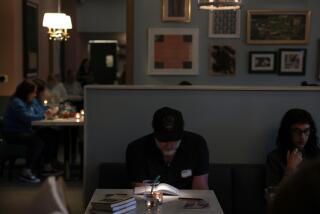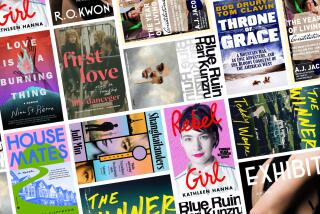FICTION
- Share via
RECOLLECTIONS OF THE GOLDEN TRIANGLE by Alain Robbe-Grillet; translated by J. A. Underwood (Grove: $19.95 hardcover; $6.95 paperback; 157 pp.). Alain Robbe-Grillet occupied the center of the French literary scene from 1950-1975 with his attempt to redefine the novel--indeed, he came to represent the revolutionary “new novel” in France. In his early novels, “The Voyeur,” “Jealousy,” “Project for a Revolution in New York”; in his screenplay, “Last Year at Marienbad”; and in his seminal collection of essays, “For a New Novel,” he questioned the traditional assumptions of the novel. Does the novel represent reality? In what seems to be a parody of the realistic attempt to give an objective description of reality, Robbe-Grillet describes, for example, a tomato slice, detailing the patterns of its white veins and seeds, the slight defects on its thick, homogenous skin. Why this fascination with a tomato slice or with other seemingly insignificant, inanimate objects? Robbe-Grillet is less interested in the object described than in the mind that is obsessively focused on it, projecting patterns that correspond to the observer’s psychological state.
In Robbe-Grillet’s most recently translated novel, “Recollections of the Golden Triangle,” the narrator describes a series of objects that point to the murder of several young girls. The objects are described in ways that are mysteriously connected to the shape of a triangle. The prevalence of geometrical shapes and minutely described objects reveal his characters as arbitrary constructs created by language. In addition to rejecting the traditional notion of character, Robbe-Grillet also repudiates the notion of a linear, readable plot. Bereft of the traditional staples of the novel--character, plot, imitation of reality--one is left with intellectual plays on language.
More to Read
Sign up for our Book Club newsletter
Get the latest news, events and more from the Los Angeles Times Book Club, and help us get L.A. reading and talking.
You may occasionally receive promotional content from the Los Angeles Times.






